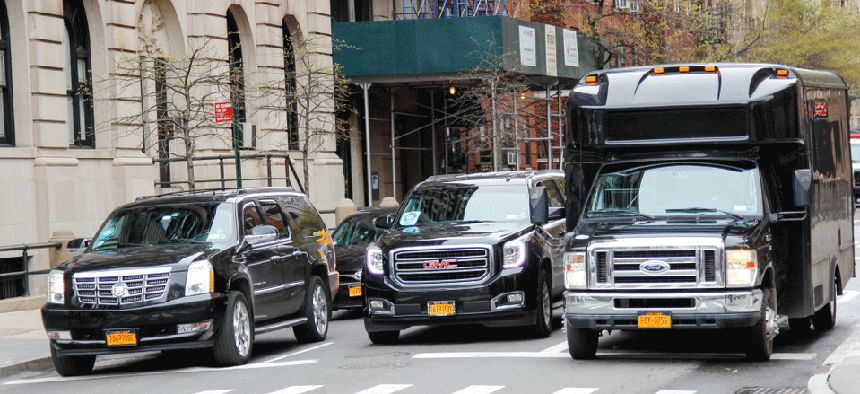Navigating New York’s Open Data portals may sometimes feel like drowning in a pool of meaningless numbers, but a new tool launched by New York City’s Taxi and Limousine Commission is attempting to change that. The TLC Data Hub was unveiled on Thursday, featuring data from for-hire vehicles, yellow taxis, green taxis, and other shared rides across the city. The tool allows users to visualize data points like average daily rides, length of rides, and which neighborhoods are seeing the most pick-ups or drop-offs.
Bill Heinzen, the acting TLC commissioner, told City & State that over the past few years, the agency has moved to collect more data from for-hire vehicle companies like Uber and Lyft in order to make policy based on facts, not just what the companies tell them. “We don’t want to make the same mistake – where we’re the only ones who have that data in the way that the companies used to be the only ones,” Heinzen said, referring to one impetus for the data hub. A map feature designates the East Village as a hotspot for ride-hail trips, along with predictable spots like the city’s airports. Another feature shows that as of December 2018, high volume for-hire vehicle rides are longer on average (20 minutes) than yellow taxi rides (14.7 minutes).
It’s opportune timing for the tool, with new state policies like congestion pricing and new city rules for ride-hail companies aimed at reducing congestion. With the new data hub, users can drill down on data about trips in the Manhattan congestion zone or the Central Business District, or view the number of trips in yellow cabs compared with trips by high-volume for-hire vehicle services – the category into which companies like Uber and Lyft fall.
Designed in-house by the TLC’s data analytics manager, Fausto Lopez, and policy analyst Nikita Voevodin, the tool is still in beta phase, and the agency is looking for user feedback and ways to improve. “Availability is not accessibility,” Lopez said. “Having this sort of tool is a way to take really big information and digest it into something that people can look at and really understand what’s going on.”
NEXT STORY: How is Raise the Age working?


